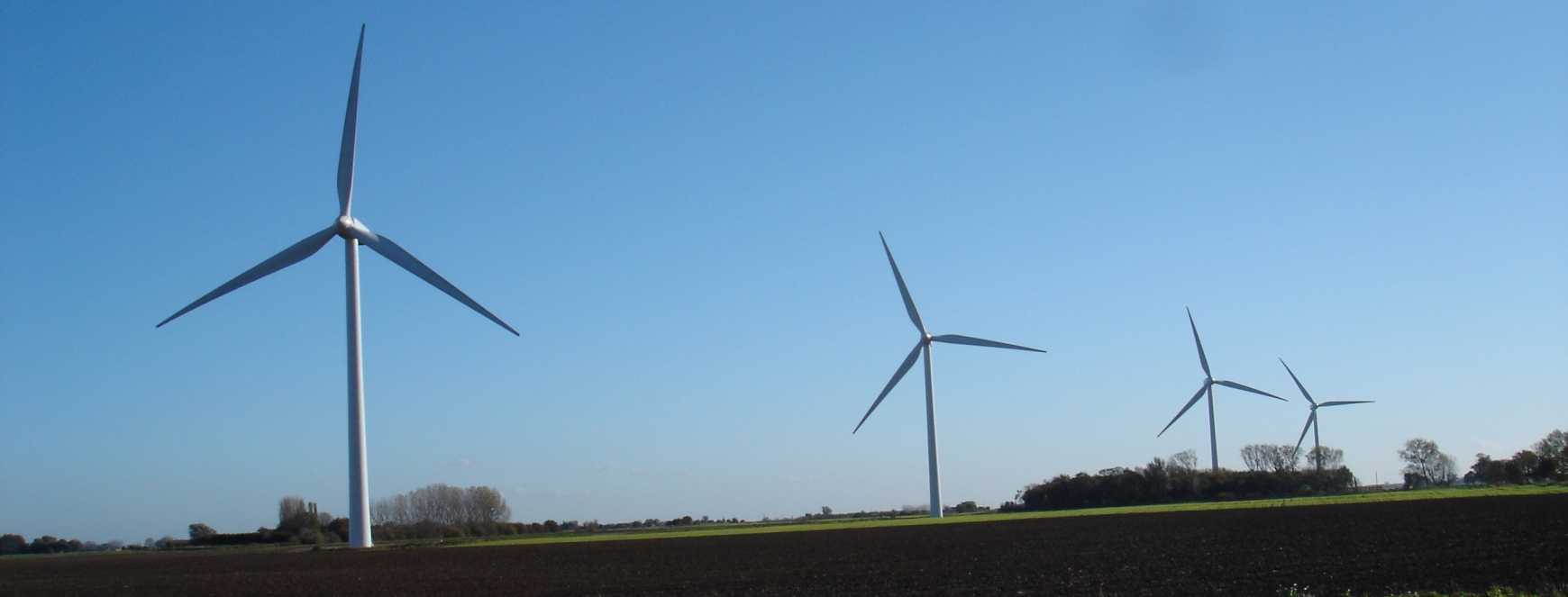Electrical energy is an indispensable part of our daily lives and as most of the world is gradually shifting from fossil fuel generation to cleaner renewables, problems can arise on the National Grid.
The National Grid was originally designed to have large stable generators sending electricity across the country. Grid operators are responsible for this balance of generation and consumption in a safe, reliable and economic way. Technological advances such as demand prediction have made the electrical grid more efficient by calculating the estimated demand at any moment and matching it with the available power generation every second. The increase of renewable energy connected to the grid causes difficulty in matching the intermittent supply to periods of high demand.
Bulk electrical energy storage systems are currently being used to fill gaps between supply and demand, storing excess energy during periods of high supply and low demand. This electrical energy can be stored in many forms such as either electrochemical or mechanical forms. Electrochemical storage can be seen in batteries such as Lithium-Ion or Vanadium Redox Flow Batteries, while mechanical storage can range from pumped hydro stations, compressed air facilities, to large flywheels. These energy storage systems are proven to be either expensive (Lithium and Vanadium) or environmentally destructive (pumped hydro stations).
For the grid to cope with the increase of renewables as a large-scale energy producer, energy storage systems must be incorporated to help with this transition and keep the grid reliable and safe. This will require extensive research in making current technology cheaper or creating new storage methods for large grid-scale use. Recently, researchers have been testing a cryogenic energy storage system that uses liquid air as a storage medium. This is done by using renewable electricity to cool ambient air to -170°C, which will reduce its volume by up to 700 times. This medium is then pumped into large storage tanks for long periods of time to have stored energy potentially available for weeks. When electricity is needed the air is slowly warmed, naturally expands, and is sent through a turbine to generate electricity. With the ability to be built almost anywhere, with a low carbon and area footprint, storage technologies such as this will have a big role to play in the future electrical market.
With national goals, such as cutting greenhouse gases to “Net-Zero” by 2050, it is believed renewable energy will receive increased funds in the next few decades from government and corporate bodies. As this transition occurs, the large-scale energy storage market will grow with it exponentially.
If you want to talk about this with me feel free to give me a call on 024 7669 8899.


